Get PeakVisor App
Sign In
Search by GPS coordinates
- Latitude
- ° ' ''
- Longitude
- ° ' ''
- Units of Length

Yes
Cancel
Share ×

Scan the QR code and open PeakVisor on your phone
❤ Wishlist ×
Choose
Delete
Reserva Natural Provincial Laguna Blanca (Laguna Blanca Biosphere Reserve) is a vast protected wildlife and nature reserve located in the Catamarca province of Argentina that’s known for its Patagonian steppe landscape. Laguna Blanca Biosphere Reserve contains 73 named mountains, the tallest and most prominent peak of which is Cerro Laguna Blanca at 5,946 m (19,508 ft) in elevation with 1,712 m (5,617 ft) of prominence.
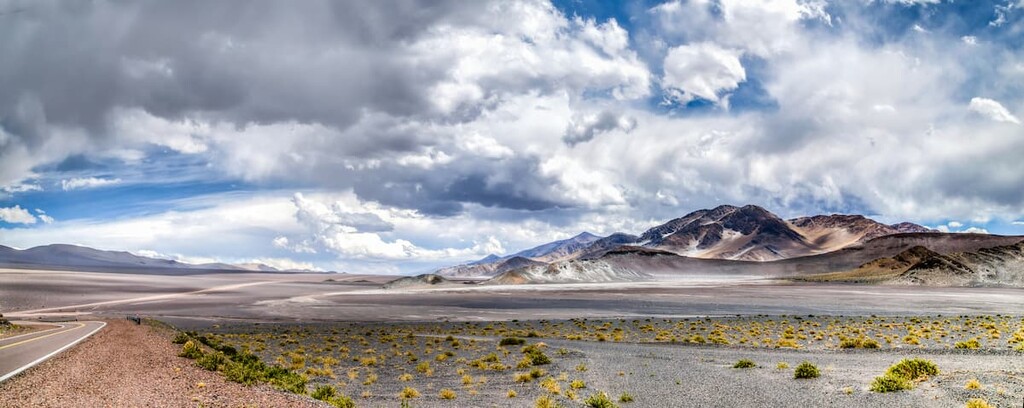
Laguna Blanca Biosphere Reserve is situated in northwestern Argentina. The reserve is situated in the eastern foothills of the Andes range in the northern region of the Catamarca province. It spans 9,733 sq km (3,758 sq mi) of land between the departments of Belén and Antofagasta.
Elevations in the reserve range from around 3,200 m (10,500 ft) up to the summit of Cerro Laguna Blanca. Besides these rugged peaks, another dominant feature of the reserve is Laguna Blanca. This high salinity lake sits at the center of the reserve and gives the protected region its name.
Laguna Blanca lies within the main depression of the reserve with numerous smaller depressions found throughout the reserve. Elevations slowly begin to decrease in the eastern region of the spark as the landscape transitions into that of Argentina’s vast plateaus.
The snow-capped peaks of Laguna Blanca Biosphere Reserve lie along the western border of the protected region. These peaks, along with the rest of the Andes, create a rainshadow over the rest of the area to the east. Thus, much of the reserve is quite barren with minimal plant life due to the low amounts of rainfall in the area.
Additionally, Laguna Blanca Biosphere Reserve is surrounded by other popular outdoor recreation areas. Los Cardones National Park (Parque Nacional Los Cardones) lies to the northeast, the Altoandina de La Chinchilla Biosphere Reserve (La Chinchilla High Andean Provincial Reserve) lies to the north, and San Guillermo Provincial Park (Parque Provincial San Guillermo) sits to the southwest.
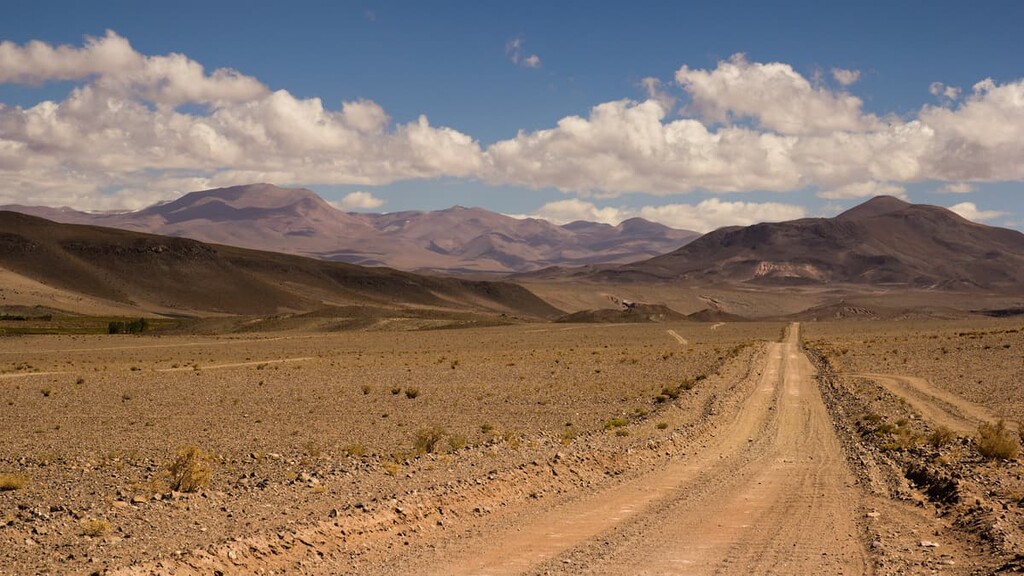
The geology of Laguna Blanca Biosphere Reserve is closely linked with that of the Andes. The defining range of the reserve began forming around 20 million years ago when the oceanic crust was subducted beneath the South American Plate.
The Patagonian steppe consists primarily of crystalline rocks along with some sedimentary rocks. Fossils have been found throughout the region, making it also an important archeological zone.
The reserve is located in both Punenas and Altoandinas ecoregions. The Puna Plateau still largely remains a geological curiosity to many geologists. The average elevation across the Puna Plateau is 4,200 m (13,779 ft).
This massive plateau spans 180,000 sq km (64,488 sq miles) across both Argentina and Chile, making it the second largest high plateau in the entire world, second after that of the Tibet Plateau. Throughout the plateau, the earth’s crust is thought to be around 80 km (50 miles) thick.
It’s believed that the uplifting of the Andes, combined with arc magmatism and crustal melting, led to the formation of this large plateau.
Major peaks within the park include Cerro Laguna Blanca, Cerro Blanco, Cerro Galán, Cerro Bayo Grande, and Cerro Diamante.
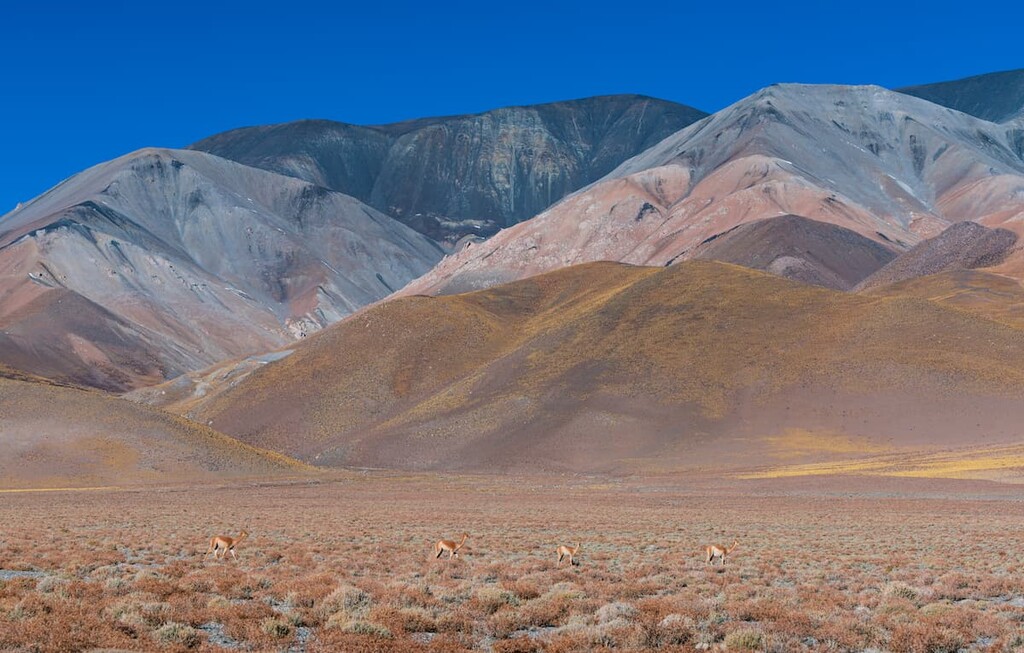
Laguna Blanca Biosphere Reserve is home to a relatively small number of plant species. This lack of flora is due to the minimal amounts of rainfall of the region as well as the area’s rocky landscape and often inhospitable steppes.
Those sections of the park that do have plants are primarily home to small shrubs and grasses. Common shrubs include members of the Acantholippia and Fabiana genera while grasses are often Stipa and Panicum species.
The most notable wildlife species found in the reserve is the vicuña. The population of the vicuña continues to thrive thanks to the protection of the region. Other species, often found in the western region of the reserve, include tall deer, gray deer, highland chinchilla, red fox, Andean cat, Andean puma, mountain viscacha, and the guinea pig.
Laguna Blanca Biosphere Reserve is also full of numerous bird species, making it a popular destination for birdwatchers. Some of the more notable bird species in the region include southern flamingo, Jame’s flamingo, crested duck, tero serrano, horned coot, condor, and the common harrier. Various smaller species of songbirds are also found throughout the reserve.
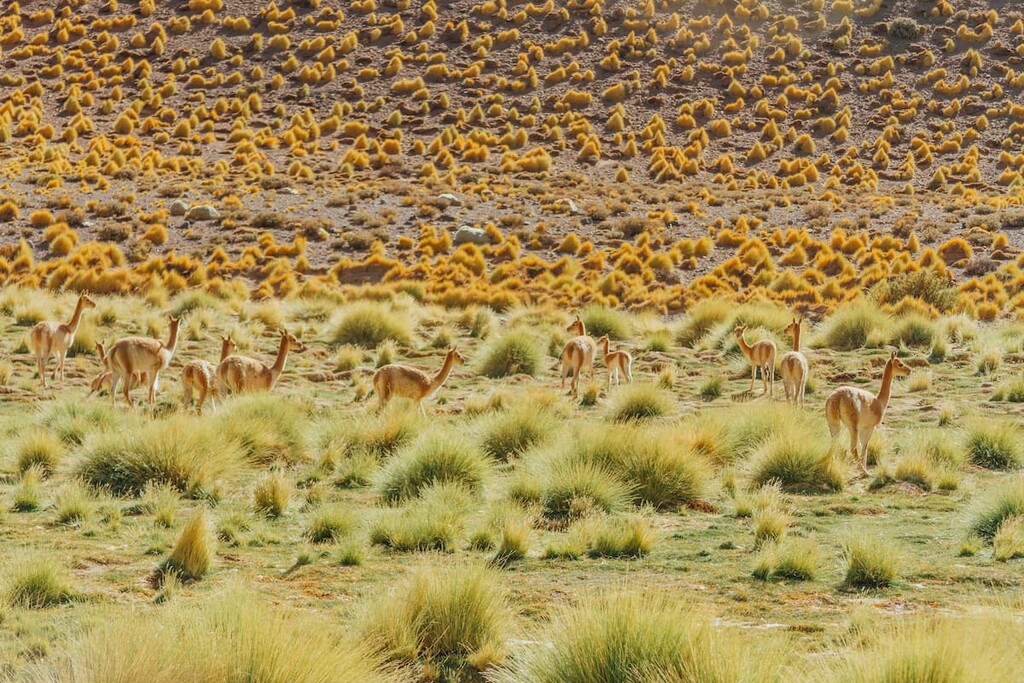
Before Europeans ever arrived in the region, the land near the reserve was inhabited by the Diaguita. The Diaguita culture and tradition can be traced back to around 300 CE. This culture shifted in 800 CE and then again around 1000 CE, creating traditions that are still used and practiced by the native people today.
Near the main lagoon of the reserve lies Salamanca Cave. The cave is home to rock paintings that date back thousands of years, similar to other paintings found in the region.
When Europeans arrived in the mid 1500s, they brought with them frequent conflict with the region’s Indigenous tribal nations. This conflict meant that the population of Europeans in the area was quite small when compared to other nearby regions.
The Catamarca region continued to remain rather isolated from the rest of the country until the expansion of the railway in 1888. The population of the region began to grow with many immigrants from Iran and Lebanon.
The Laguna Blanca Biosphere Reserve was established in 1979 in order to protect the vicuña population. Though their population has risen immensely in recent decades, the reserve remains to protect other endangered species and preserve both historical and archeological sites.
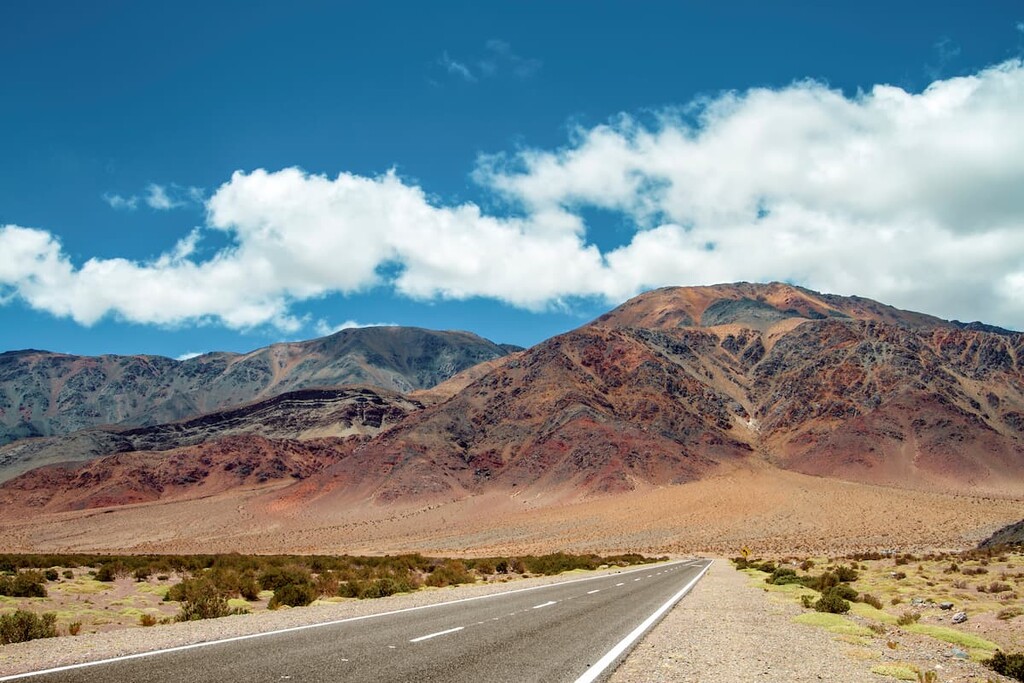
In order to protect both the biodiversity and cultural heritage of the region, visitation of the park is heavily regulated. Some eco-tourism has grown in recent years but official hiking trails in the area are few and far between.
From the visitors center, there are many short trails, ideal for bird watching and observing the iconic lake at the heart of the reserve.
While summiting mountains, such as Laguna Blanca, can be done with proper permits and research, local companies also provide guided trips up many of the peaks in the region. Despite their high elevation, relatively few of the peaks receive large amounts of snowfall, making for more of a hiking experience.
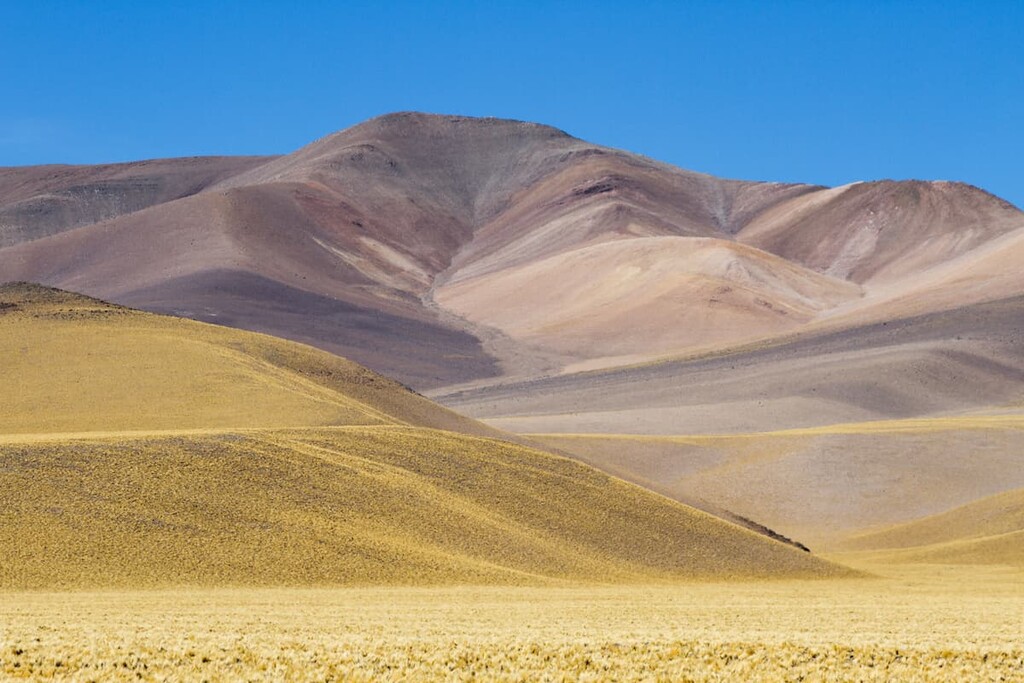
Looking for a place to stay near Laguna Blanca Biosphere Reserve? Here are some of the best cities and villages to check out in the region:
To the east of the reserve lies the city of San Miguel de Tucumán. The city has a metro population of 830,000, making it the fifth largest city in the country. San Miguel de Tucumán is the commercial center of the region and the Tucumán Province.
The surrounding land produces large amounts of fruit, rice, sugarcane, and tobacco which has led to the city’s nickname, “Garden of the Republic.” Popular sites within the city include Casa de Tucumán, where Argentina declared independence, along with Parque 9 de Julio, and the official “Ruta de la Empanada Tucumán”.
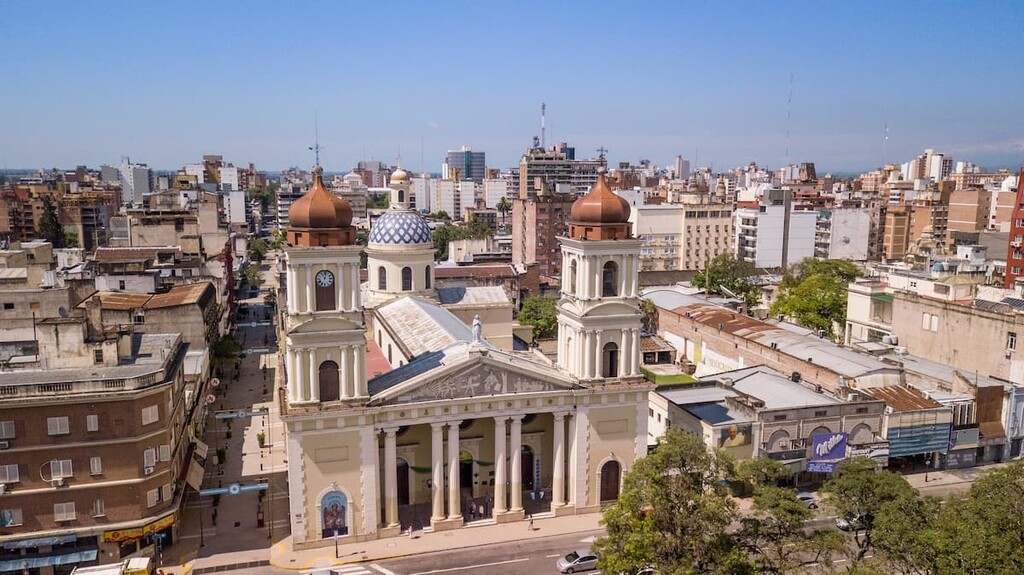
Just south of the reserve lies the small town of Belén. This community has a population of around 12,000 people. Though the town is not a large tourist stop, it does have many teleras (textile workshops), which use local wool to make handwoven clothes and goods.
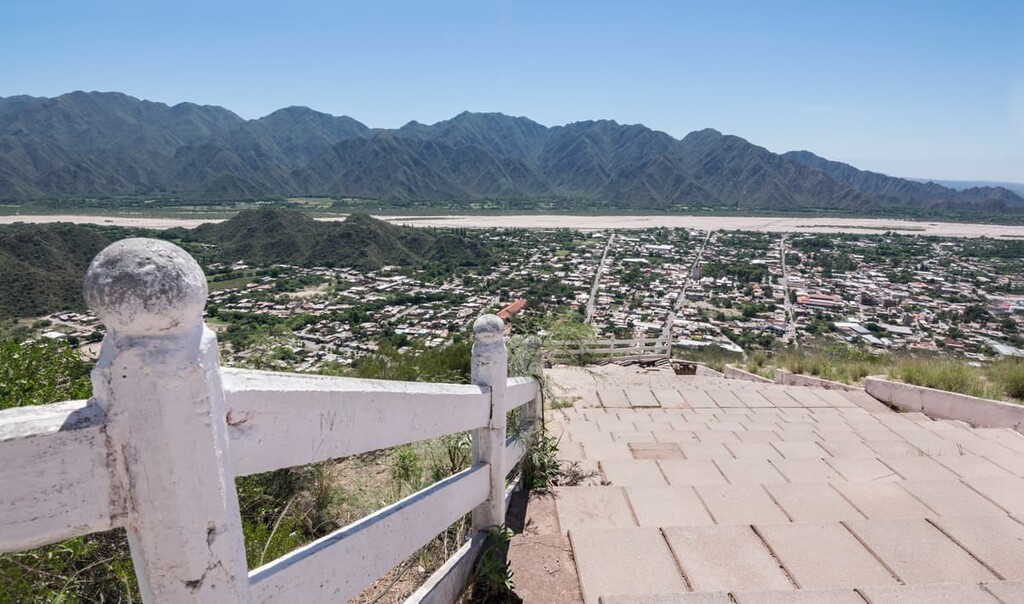
Explore Reserva Natural Provincial Laguna Blanca with the PeakVisor 3D Map and identify its summits.








